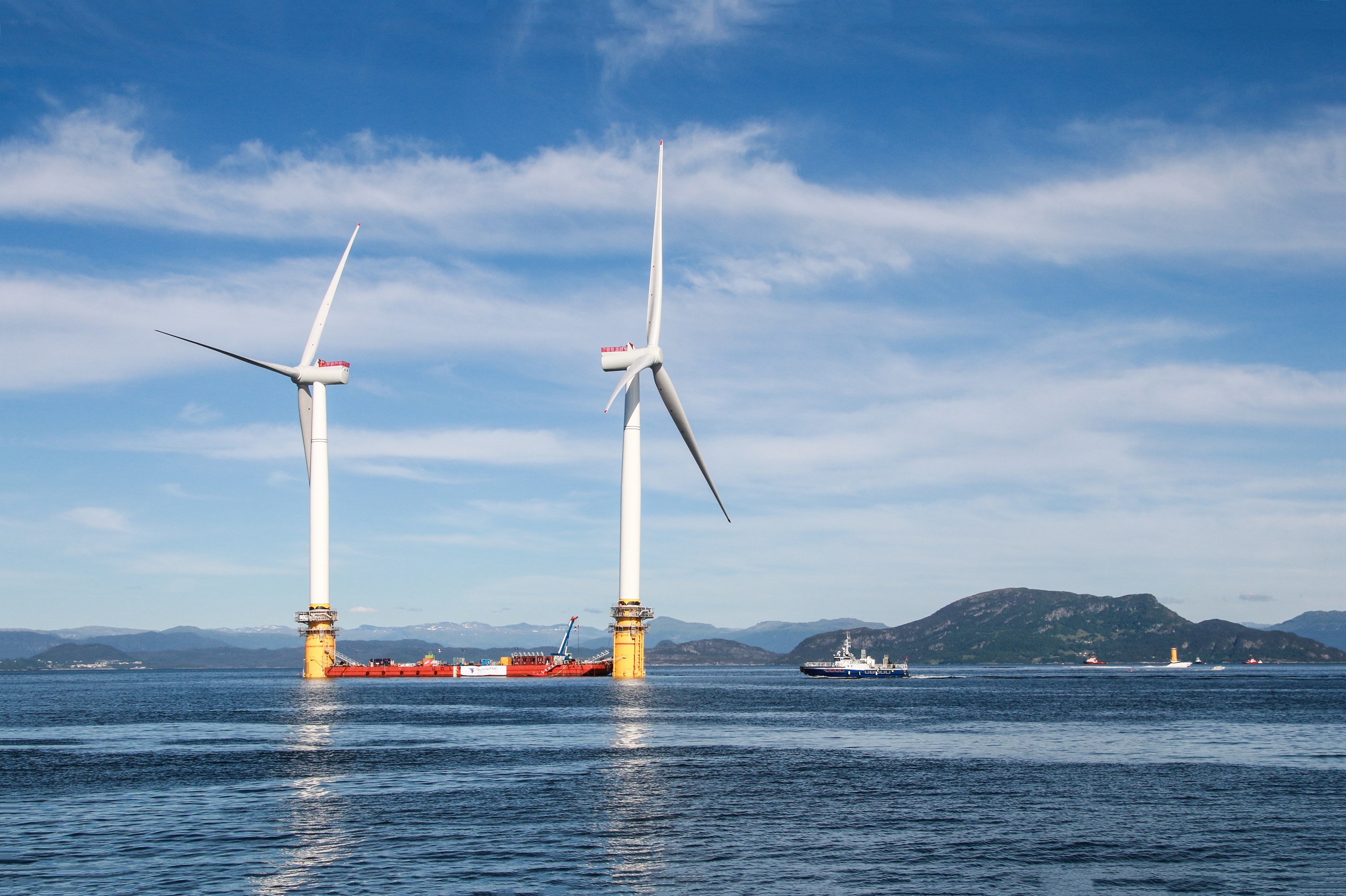The Energy Transition | UK government to reform offshore wind developments
Published on 3rd Feb 2025
Welcome to our top picks of the latest energy regulatory and market developments in the UK's transition to net zero

Government announces reforms to the consent process for offshore wind developments
As part of its Plan for Change, the UK government has announced new measures to reform the planning consent process for offshore wind developments to accelerate the construction of these projects. The initiative will streamline the consent process for up to thirteen major offshore wind projects, potentially generating up to 16GW of electricity, and unlock up to £30 billion in investment.
To mitigate the environmental impact, the measures will allow for the designation or extension of Marine Protected Areas. These environmental safeguards will be funded by offshore wind developers through the Marine Recovery Fund and will form a key part of the government's commitment to protect 30% of the UK's seas by 2030.
This announcement follows the government’s forthcoming Planning and Infrastructure Bill, which aims to support nature recovery and fast-track the UK towards a clean power system by 2030.
The government maintains that accelerating the construction of these offshore wind projects will lead to job creation and help close the existing skills gap in the renewable energy sector.
Energy minister, Michael Shanks, described offshore wind as the "backbone" of the Clean Power 2030 mission.
National Wealth Fund powers UK's green energy future with strategic investments
The National Wealth Fund (NWF) has recently announced two significant investments to reinforce the UK's green energy infrastructure and secure essential mineral supplies.
In a landmark deal, the NWF, together with Aviva Investors, has provided £65 million in funding to Connected Kerb for the UK-based charge point operator’s plans to increase the number of its charging sockets from 9,000 to 40,000. This is a substantial portion of the government's planned 300,000 public electric vehicle (EV) chargers by 2030.
In another strategic move, the NWF has invested £26.8 million in Cornish Metals Inc. to facilitate the domestic supply of tin. Tin is a critical mineral used in various industries, including electronics and renewable energy technologies. Solar, storage, wind and EV technologies all have tin components and demand for tin is set to exceed supply in the future. The South Crofty mine is believed to be one of the highest-grade tin resources in the world, so the government considers this investment, which is part of a £56 million funding round to re-open it, extremely important in the pursuit of its net zero ambitions and energy security. NWF's funding aims to attract private investment in the project, enhance the local economy, and create jobs in Cornwall. Their investment in expanding the EV charging network and increasing the domestic supply of critical minerals is fostering growth and sustainability in the UK's energy sector.
Ofgem fast-tracks review of transmission impact assessment thresholds
Ofgem has decided to urgently progress code modification proposal CMP446, which proposes an increase in the threshold for the evaluation of transmission impact assessment (TIA). The proposed modification would raise the minimum capacity threshold for the TIA from 1MW to 5MW. This change, if accepted, would mean that projects with a capacity of under 5MW would not be required to undergo the TIA before connecting to the distribution network.
Under current rules, projects with a capacity of above 1MW seeking to connect to the distribution network in England and Wales must go through the TIA process to assess their impact on the transmission network. As Ofgem has explained in its urgency decision announcement, this process "could result in these distribution projects being linked to necessary transmission reinforcements, which generally result in longer connection lead times" for projects which only require distribution reinforcement.
Ofgem announced a review of the thresholds for TIAs in the Connections Action Plan which was published by Ofgem and the Department for Energy and Net Zero (DESNZ) in November 2023. The National Energy System Operator (NESO) subsequently raised CMP446 to "facilitate the timely connection of distribution projects that have minimal impact on the transmission network".
Ofgem has stated that it has decided to expedite its review of the proposal to align the timeframe with the ongoing connections reform process. If approved, the proposed changes to the TIA threshold would be implemented ahead of the first Gate 2 submission window of the wider reformed connections process applying to projects in the existing queue. If the proposed connection reforms are approved before the implementation of CMP446, projects between 1MW-5MW would be required to go through the TIA process and could miss out on the acceleration of their connection timelines under the new process.
Ofgem's urgency decision is particularly significant in light of the current pause on new connection applications, as distribution network operators (DNOs) will still accept and process projects which do not require . Smaller generators with projects between 1-5MW may therefore welcome this news.
Under the new timeline, Ofgem expect to make a decision on proposal CMP446 by 29 April 2025 and, if approved, the changes will be implemented by 2 May 2025.
Government Publishes 10-Year Infrastructure Working Paper Strategy
The government's 10-Year Infrastructure Strategy is a comprehensive plan aimed at enhancing investment in critical infrastructure to support economic growth, housing, clean energy and improved public services. The strategy highlights that infrastructure plays a pivotal role in achieving the government's missions, which includes meeting ambitious clean energy targets by 2050.
Central to this strategy is the Clean Power Action Plan (which we have reported on previously). The government highlights that substantial investments will be required in renewable energy sources, battery storage and upgrades to energy transmission networks in order to achieve its goals.
The strategy also outlines measures to decarbonise various sectors, including industry and transportation in order to achieve net zero by 2050. This includes expanding EV charging infrastructure and improving energy efficiency in buildings through clean heat technologies.
Another key component of the strategy is to provide long-term confidence. This will be achieved by establishing a new long-term spending framework which sets capital budgets for at least five years along with the establishment of the National Infrastructure and Service Transformation Authority (NISTA) which will support delivery of new UK infrastructure.
The strategy proposes a robust institutional framework that includes public financing institutions like the National Wealth Fund. This fund will play a crucial role in financing key infrastructure projects, particularly in the energy sector, where substantial capital investment is required to meet decarbonisation targets.
Further, the government is seeking input from various stakeholders, including industry leaders and investors, to refine its approach. Specific questions posed to stakeholders include whether the proposed principles and focus areas are appropriate for prioritisation, what features of a spatial strategy are most critical, and how the government can enhance certainty for investors. This engagement aims to ensure that the strategy aligns with industry needs and supports effective implementation for achieving long-term goals of net-zero emissions and enhanced public services.
The Government will publish the Strategy Paper alongside a Spending Review in June 2025.
This article was written with the assistance of Alexander Eaton, Rosie Shaw, Trainee Solicitors, Sumaiya Hafiza, Solicitor Apprentice, and Tomi Agbonifo, Paralegal.








